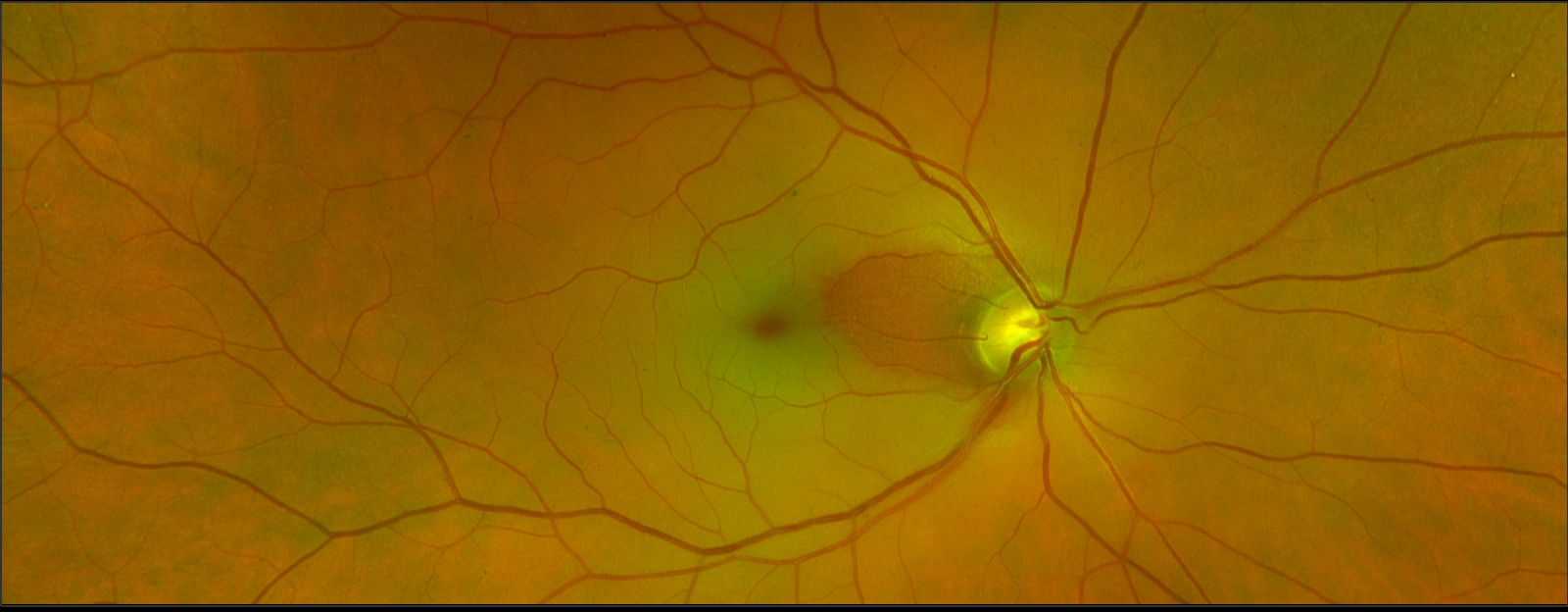

Related females often share a common area, while unrelated males live together in groups of up to four raccoons in order to maintain their positions against foreign males during the mating season and against other potential invaders. Though previously thought to be generally solitary, there is now evidence that raccoons engage in gender-specific social behavior. This implies that this species cannot be imported, bred, transported, commercialized, or intentionally released into the environment in the whole of the European Union. In Europe, the raccoon is included since 2016 in the list of Invasive Alien Species of Union concern (the Union list). As a result of escapes and deliberate introductions in the mid-20th century, raccoons are now also distributed across much of mainland Europe, the Caucasus, and Japan. The original habitats of the raccoon are deciduous and mixed forests, but due to their adaptability, they have extended their range to mountainous areas, coastal marshes, and urban areas, where some homeowners consider them to be pests.


It is usually nocturnal and omnivorous, eating about 40% invertebrates, 33% plants, and 27% vertebrates. The raccoon is noted for its intelligence, as studies show that it is able to remember the solution to tasks for at least three years. Three of the raccoon's most distinctive features are its extremely dexterous front paws, its facial mask, and its ringed tail, which are themes in the mythologies of the indigenous peoples of the Americas relating to the animal. Its grayish coat mostly consists of dense underfur, which insulates it against cold weather. It is the largest of the procyonid family, having a body length of 40 to 70 cm (16 to 28 in), and a body weight of 5 to 26 kg (11 to 57 lb).

The raccoon ( / r ə ˈ k uː n/ or US: / r æ ˈ k uː n/ ( listen), Procyon lotor), sometimes called the common raccoon to distinguish it from other species, is a mammal native to North America. Unusual red eye high blood pressure related eye problems diabetes mellitus related eye problems HIV or AIDS patients who can have eye problem in future need to consult an ophthalmologist as soon as possible to save their sight.Native range in red, introduced range in blue Loss of peripheral (side) vision misaligned eyes new floaters (black "strings" or specks in the vision) and/or flashes of light pain in the eye thyroid disease-related eye problems (Graves' disease) Patients having eye problems like bulging of one or both eyes dark curtain or veil that blocks vision decreased vision, even if temporary ĭistorted vision double vision excess tearing eyelid abnormalities family history of eye disease halos (colored circles around lights) injury to the eye He/she is medically trained to deliver total eye care: primary, secondary and tertiary (i.e., vision services, contact lenses, eye examinations, medical eye care and surgical eye care), diagnose general diseases of the body and treat ocular manifestations of systemic diseases. Ophthalmologists is a physician who specializes in eye and vision care.


 0 kommentar(er)
0 kommentar(er)
